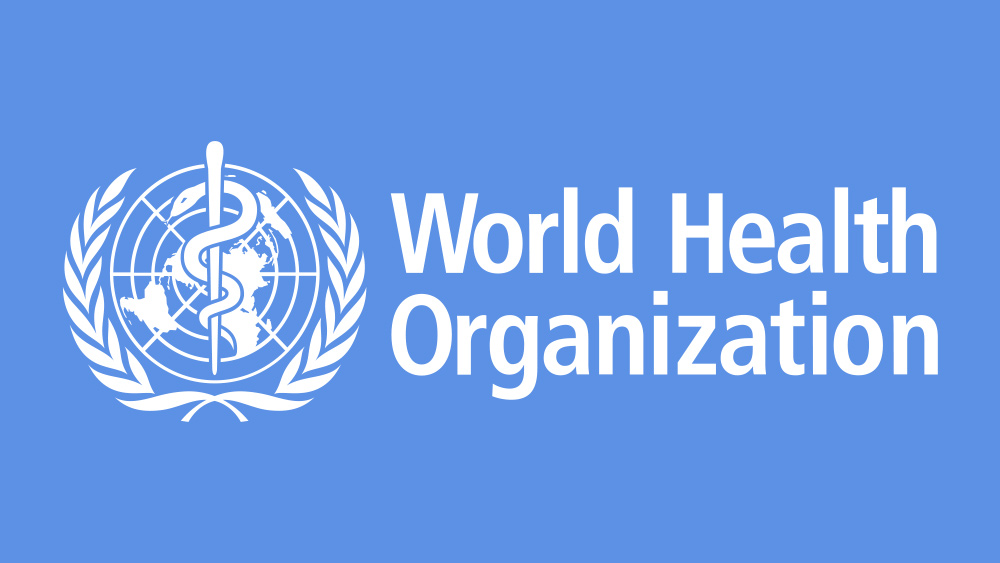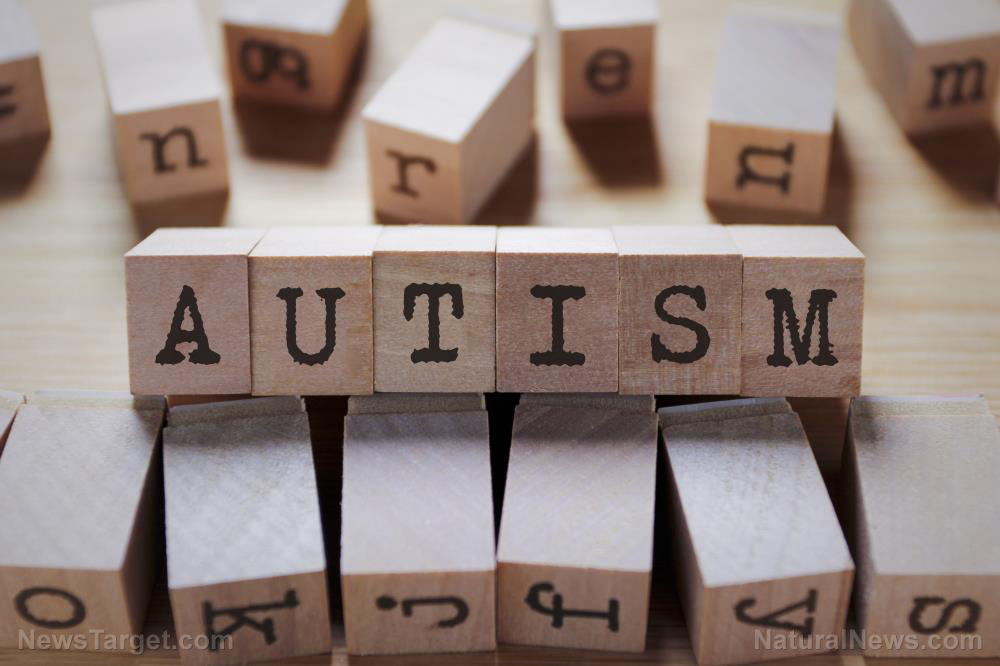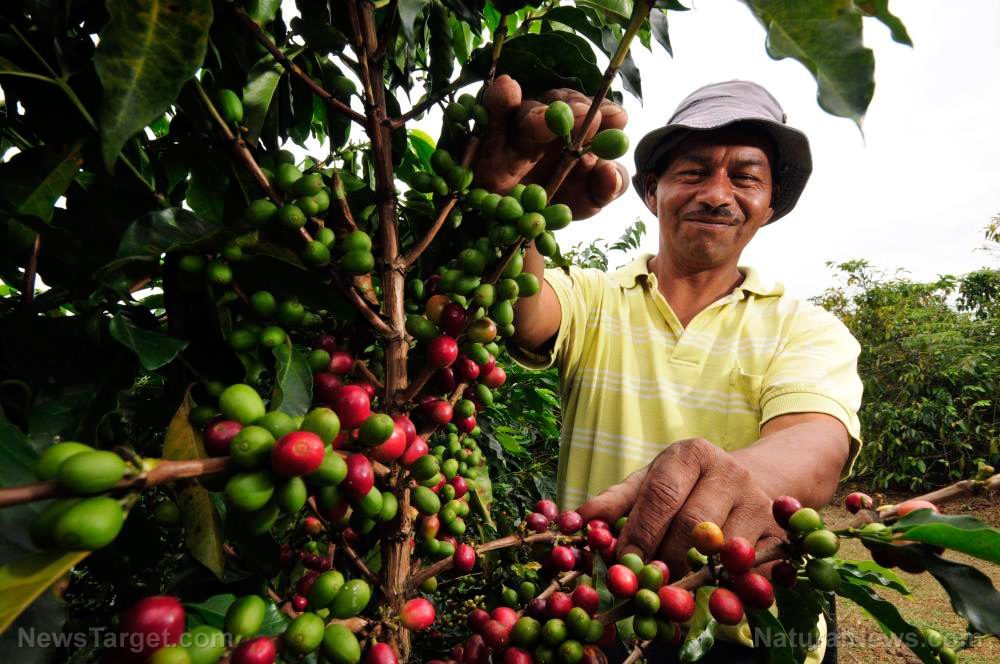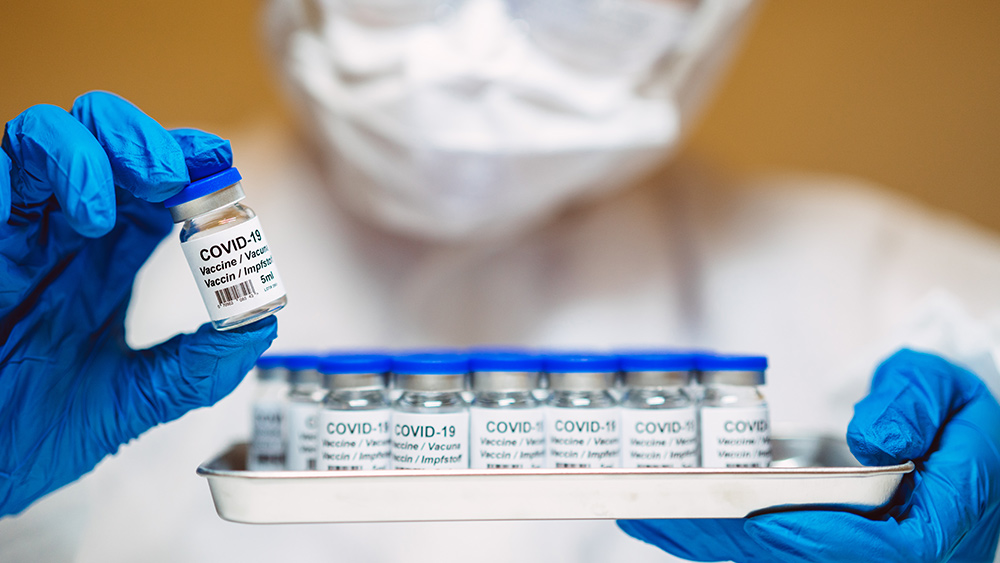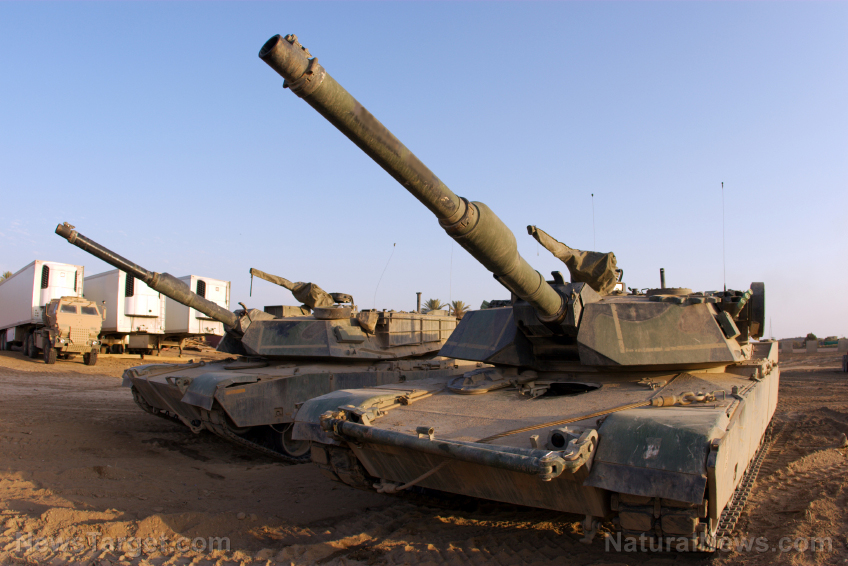 Parler
Parler Gab
Gab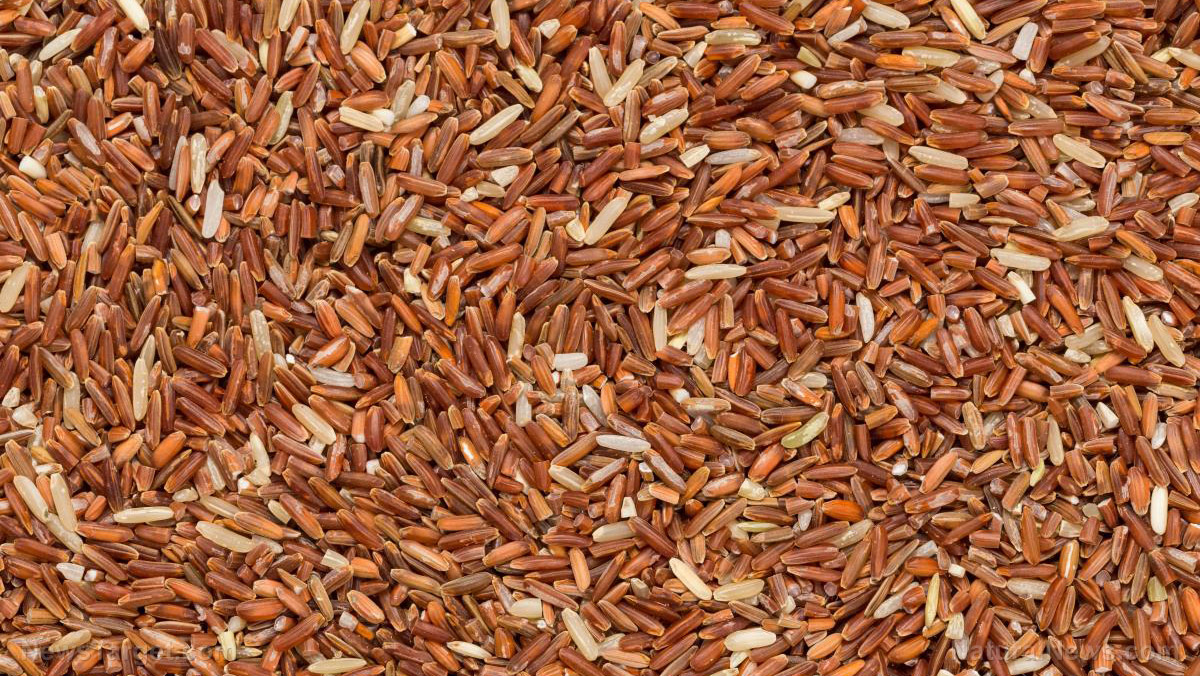
- Brown rice contains significantly higher levels of arsenic than white rice, with the toxic element concentrating in the bran layer.
- Children under 5, especially infants, face the highest risk due to their higher food intake relative to body weight.
- Despite its nutritional benefits, brown rice may unintentionally expose young eaters to arsenic levels exceeding safety thresholds.
The hidden danger in "healthier" rice
For years, health-conscious consumers have opted for brown rice, believing its intact bran layer makes it a superior choice. But a new study from Michigan State University reveals an unsettling truth—this "healthier" alternative contains nearly 40% more toxic arsenic than processed white rice. Published in Risk Analysis, the research highlights how the same part of the grain that delivers extra nutrients also concentrates a dangerous carcinogen—inorganic arsenic. "Rice bran and brown rice are shown to have a higher arsenic content and inorganic arsenic concentration than the grain endosperm or white rice," the study warns. The findings expose a critical contradiction in modern nutrition: a food praised for its health benefits might actually pose real risks, particularly to vulnerable populations like infants and toddlers. Is the push for "natural" and "whole" foods inadvertently harming the youngest consumers?Why rice is a magnet for arsenic
Rice absorbs arsenic from soil more efficiently than nearly any other crop—up to 10 times more than other grains, according to researchers. The key lies in how it’s grown: flooded paddies create conditions where arsenic dissolves into the water, making it easier for rice plants to absorb. Once inside the plant, arsenic accumulates in the bran layer—the very component removed when refining brown rice into white. The study found that bran alone contains arsenic at levels 10 times higher than white rice itself. This has alarming implications for products like brown rice syrup, which has already been linked to 30 times more arsenic in some infant formulas. Could parents unknowingly be poisoning their children while trying to feed them "healthier" options?Infants at greatest risk
The researchers analyzed rice consumption across age groups and found that children aged 6–24 months who regularly eat brown rice may exceed safe arsenic intake limits by nearly 40%. The daily dose for some toddlers reached 0.295 micrograms per kilogram of body weight, surpassing the 0.21 microgram safety threshold set by international food safety agencies. While adults face minimal risk from occasional brown rice consumption, the study warns that heavy rice eaters—especially those on gluten-free diets or with poor nutrition—could also accumulate dangerous levels over time. "Our analysis shows that not only is this focus on nutritional content limited, but it also agrees with other studies that find elevated risks of arsenic exposure to children," the researchers noted.Arsenic in food: The silent poison hiding in everyday staples
Arsenic, a naturally occurring heavy metal, is a known carcinogen linked to bladder, lung, and skin cancers. Yet it remains a hidden contaminant in many foods, particularly rice. In its inorganic form—the most toxic variant—arsenic disrupts cellular metabolism, causes DNA damage, and has been tied to cardiovascular disease, diabetes, and developmental issues in children. The EPA's maximum contaminant level (MCL) for drinking water is 10 parts per billion (ppb)—yet no federal limit exists for arsenic in food. The European Food Safety Authority (EFSA) sets a strict 0.21 μg/kg body weight per day limit, while the FDA has only proposed (not enforced) 100 ppb for infant rice cereal. Where is arsenic found?- Rice & rice products (brown rice, rice bran, rice syrup, cereal)
- Apple & grape juice (due to arsenic-based pesticides once used on orchards)
- Seafood (organic arsenic, less toxic but still concerning)
By Lance D Johnson // Share
Florida sky mystery: Toxic heavy metals and bioengineered particles found in air and food samples
By Finn Heartley // Share
WHO Pandemic Treaty sparks global debate over sovereignty and Big Pharma influence
By Willow Tohi // Share
Autism rates reach 1-in-31 as HHS Secretary Kennedy warns of “unprecedented crisis”
By Willow Tohi // Share
Governments continue to obscure COVID-19 vaccine data amid rising concerns over excess deaths
By patricklewis // Share
Tech giant Microsoft backs EXTINCTION with its support of carbon capture programs
By ramontomeydw // Share
Germany to resume arms exports to Israel despite repeated ceasefire violations
By isabelle // Share



